 INTRODUCTION
INTRODUCTIONIn the domain of language there is truth, nonsense, and falsehood.
We cannot always know what is true. Nonsense is neither true nor false.
| Raymond Moody Workshop / Article from The Hitchhiker's Guide to the Quantum World | last update: Mar. 8 '17 |
RAYMOND MOODY ON TRUTH and NONSENSE
text by
Erich Habich-Traut, ehabich@gmail.com
NONSENSE:
"Poets tell lies, poets are liars", Plato
 INTRODUCTION
INTRODUCTION
In the domain of language there is truth, nonsense, and falsehood.
We cannot always know what is true. Nonsense is neither true nor false.
If we don't understand something and it comes from authority,
it is more likely to be believed than when it comes from an unknown source.
But if it can't be understood by you, then it's nonsense.
It's nonsense from authority if that's were it comes from.
Things we don't understand are nonsense until they are explained comprehensively.
Then we can make up our mind, if they are true or false.
Or nonsense.
- Dr. h.c. Erich Habich-Traut D.M. ULCM
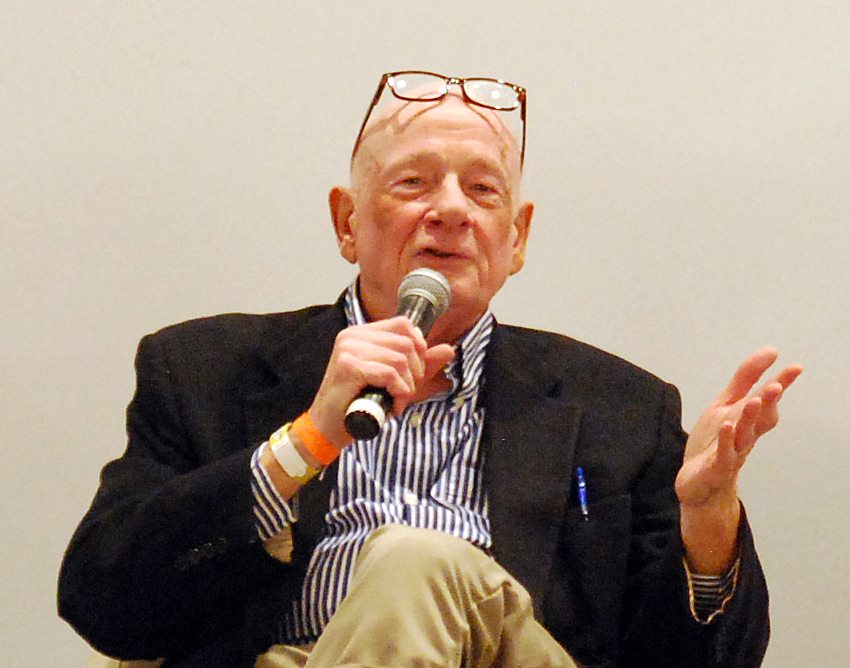 RAYMOND MOODY WORKSHOP, PARIS
RAYMOND MOODY WORKSHOP, PARISBut what may come out of this material in a more practical way,
is that we have mental faculties of which we are not aware.
(Moody seems to hold the position that we cannot understand
certain concepts due to a lack of human mental capacity.)
Some of these new mental faculties are helpful in thinking about some of the big questions of existence.
Let's imagine language as a sort of spectrum.
On one side of this spectrum is the highly literal domain of language.
Somewhere in the middle is the figurative domain, figures of speech.
On the other side is the unintelligable or meaningless, nonsensical domain of language.
And linguists talk about the spectrum of language with the idea of unintelligibilty.
The highly literal is highly intelligible, the more figurative it becomes the less intelligible it is.
And further on the other side it becomes highly unintelligible.
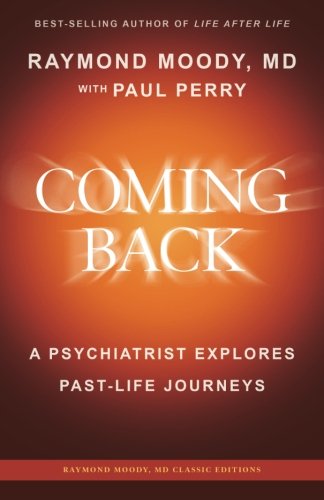 All three domains of language are very important when we are trying to think of big questions, such as life after death or the existence of God or even some of the big scientific questions.
All three domains of language are very important when we are trying to think of big questions, such as life after death or the existence of God or even some of the big scientific questions.
Raymond Moody remembers what him interested in this as a child:
He became an amateur astronomer at the age of seven and he had an experience at that time that many of us also had.
He was wondering about the Universe: what shape and size did it have,
this thing that we live in?
There appeared to be only two possibilities:
One: it comes to an end at a wall, a boundary, and when we think about that, our mind rushes out to that wall.
But then he had the thought: just a moment, there has to be something at the other side of the wall...
So, intuitively, his idea that it comes to an end at a wall was meaningless and unintelligible.
Two:
But the only other possibility seems to be that it keeps going on forever and ever.
And that is equally unintelligible.
How many of us also had this thought as kids?
And that's how Moody got interested in non-sense.
Because it occured to him at a very early age that we are encased in a prison of non-sense.
So Raymond decided that he better try to understand non-sense.
We are higly conscious of the literal domain of language.
When things are literal, they engage our analytic conscious mind.
In the figurative domain we are in a rather more difficult situation.
We all learn a certain number of figures of speech, metaphores, similes, oxymorons, alliteration or onomatopoeia.
A simile is a figure of speech involving the comparison of one thing with another thing of a different kind, used to make a description more emphatic or vivid (as brave as a lion).
Onomatopoeia is the formation of a word from a sound associated with what is named (cuckoo, sizzle).
Those we all may all recognize, consciously.
But the difficulty is that there are many more that we've never been taught, we never talked consciously about those.
But, nonetheless, we know them very well because we use them everyday.
Here is an illustration of what is meant.
We are going to hear three examples.
1. In the movies a man is dying and as he dies he says: I've buried the treasure under the aarghh..."
2. A farmer approaches a stranger on his land and says: Get off my land stranger, or I'll ...
3. At a wedding someone toasts the groom and says: You've been such a dear friend, I just...
The question is: how many of us recognize that pattern as something that we heard before? We've all heard these patterns many times.
Yet we never thought of that as a pattern.
When we hear examples however, we get an aha-effect.
So that means that we knew it, but we didn't know that did.
This is what psychiatrists call the pre-conscious mind.
But, further along the spectrum where it get's towards the non-sensical, we don't even think consciously about non-sense.
What this has created in the West is a sort of collective cognitive defect that we all have, but we don't know it.
Moody has developed a method to correct this inbuilt cognitive lapse that we have in western culture.
And it's really remarkably easy to do. The main barier to it, is the feeling that it can't be done or that it is preposterous. It is easy to mock or to make fun of.
For example, "Dr. Moody is an expert on nonsense" and that seems incomprehensible or ridiculous.
And the reason why we are in that situation has a very precise and clear historical origin.
Let's go back for a moment to pre-historic times and the world of the shamans.
Everyone understood at that time that there is nonsense, that there is some language that is unintelligible, has no meaning.
And shamans used this as a way from their point of view to project their consciousness over to the other side.
They did it through what we call shaman songs.
Shaman songs were a combination of nonsense syllables and meaningless refrains.
They were combined with elements of meaningful language.
The combination was more powerful than either one alone.
Shaman songs were exactly like that, they sang those songs and it altered their consciousness in such a way that from their point of view, they found themselves in another world.
Of course all that sounds very abstract.
But we can easily illustrate this effect right here.
Nursery rhymes are a good place to begin.
This is the famous English nursery rhyme:
Hickory, dickory, dock.
The mouse ran up the clock.
The clock struck one,
The mouse ran down,
Hickory, dickory, dock.
This song has been transmitted culturally for a very long time.
But what happens if you take out the nonsense?
The mouse ran up the clock.
The clock struck one,
The mouse ran down.
The appeal or power of this song comes from the combination.
Incidentally, nonsense is an important factor in some genres of music that we're all familiar with.
Al Jareau and his songs are composed of nonsense syllables.
Ella Fitzgerald did scat singing together with Louis Armstrong.
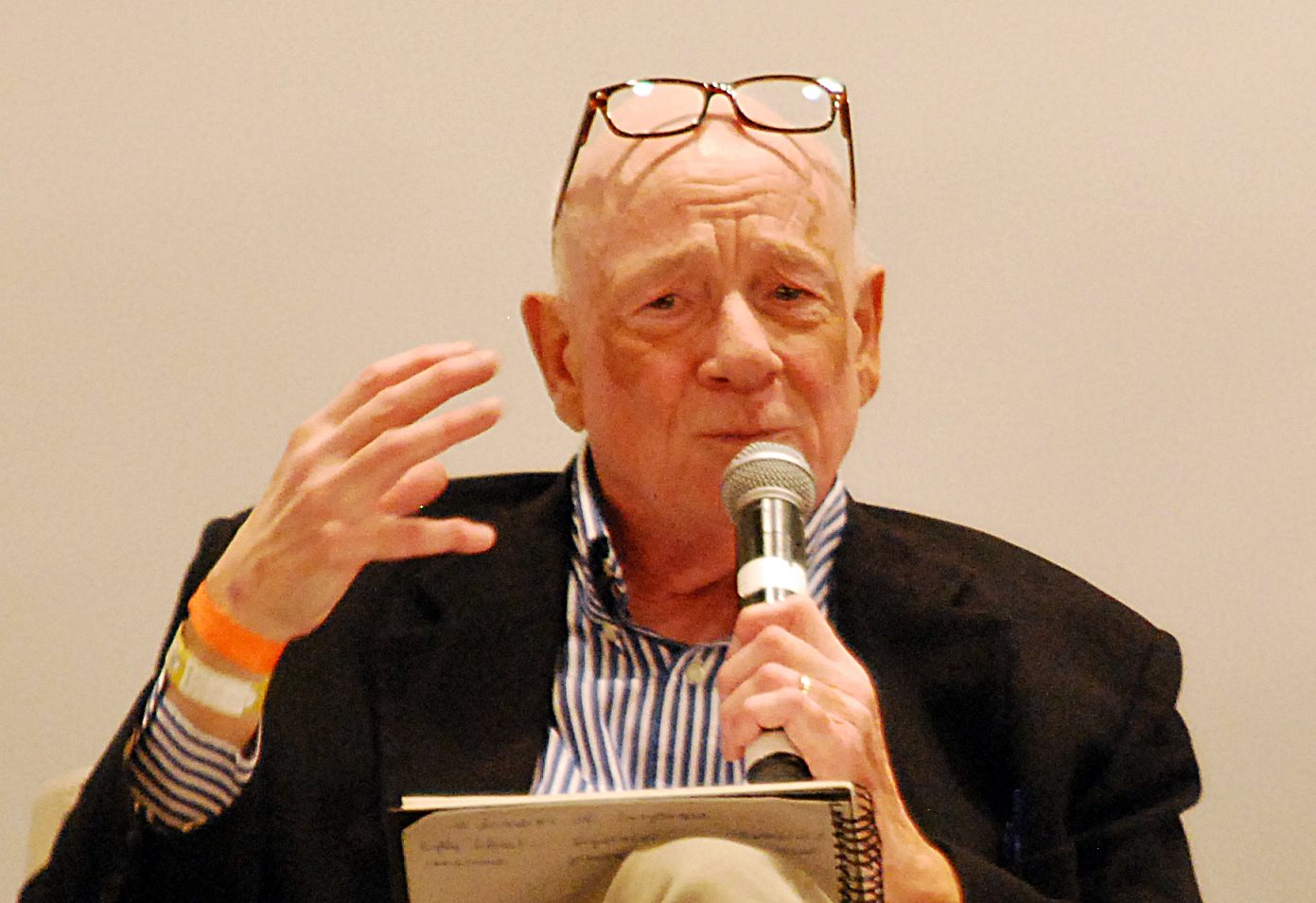 There was one song called 'Flying Home' and it consisted entirely of nonsense syllables. Back in the sixties and seventies when Raymond Moody taught at universities he used to play this song to his students.
There was one song called 'Flying Home' and it consisted entirely of nonsense syllables. Back in the sixties and seventies when Raymond Moody taught at universities he used to play this song to his students.
He was interested in their reactions. He didn't tell them the name of the song. And his students would say: Oh, I heard her say...
And then they would repeat a few words that they had 'sensed'.
They would be surprised when no other student had heard the same words as they did.
Each would hear their own particular words, but no two student could agree as to what particular words were in the song.
And this illustrates a very important psychological principle:
which is that people tend to read meaning into nonsense.
Nonsense poets always comment on that.
They try as hard as they can to make something totally nonsensical. But the readers will try with every ounce of their being to make something sensical out of it.
Lewis Carrol once talked about how one of his nonsense poems got published. And he said afterwards he constantly got very nice letters from people all over England asking him: is it an allegory or does it have a political meaning, or whatever?
And Carrol answered all of those questions with:
I don't know.
Moody went on to explain why we can't think logically about non-sensical things in the West.
In prehistoric times people understood that some language was nonsense. After that we get into the historical times with the early Greek philosophers.
Early Greek philosophers were concerned with the following question, which seems very odd to us today: what kind of language should they use for acquiring knowledge and the quest for knowledge?
We assume we know that we use the literal mode of language.
But strangely enough and paradoxical as it may seem, the notion that some language is literal, wasn't even thought of until Plato.
As a matter of fact, Plato was the first person to distinguish between the literal and the figurative.
And that's the reason why some of the early Greek writings seem so strange to us.
When they say, for example, that lightning is caused by Zeus throwing down spears, or the wind is Aeolus puffing away, that seems so strange to us because we can distinguish between personification and literal language.
But think about it for a moment. If you don't understand the difference between personification (which is a figure of speech) and what we call the literal, then there is no basis to make that distinction.
Before Plato we cannot distinguish betwen the literal and figurative, there is no such distinction.
One of the difficulties we have in trying to make sense of these earliest thinkers, is that when we try to think what the world was like at the time, the only way we can do it is by introducing concepts that they invented.
Here is a rather mind bending example.
We learn when we are very young the distinction between the noun and the verb and the conjunction and so on.
And those are just common sense to us today, they are built into us.
You think of the distinction between the noun and the verb, Plato was the very first to distinguish between the two.
Try to imagine what thinking was like, or trying to figure out the problems of the world, before you even had that distinction.
Some 100 years before Plato the great philosopher Parmenides was the very first person to propound the notion of truth.
Before Parmenides things were either true or false, but nobody understood the notion of truth.
It took another 100 years until Plato came along, after the invention of the concept of truth, and Plato said in effect: we know that some sentences are true, regardless of what anyone may think about them.
And that's the notion of truth.
Truth is that which is the case,
independently of what anybody thinks about it.
And, believe it or not, when Parmenides first articulated that notion, it was regarded by the average person as a revelation from divinity.
Concepts like truth that we use so readily today, because we learned them when we were young, were actually inventions of Greek philosophers who had to go through a very long thinking process to work this out.
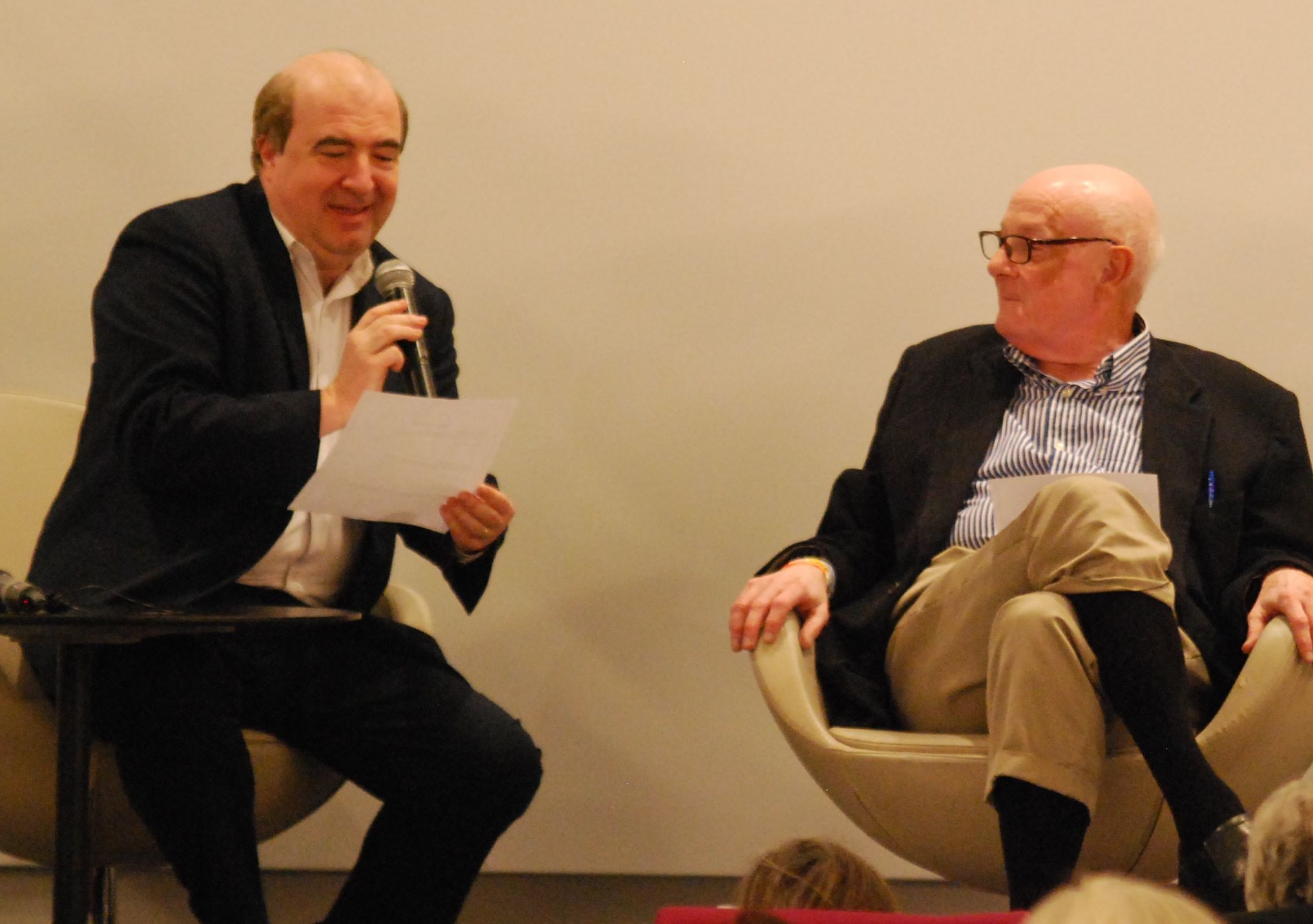 500 BCE with Parmenides we had the notion of truth. And now we understand that the notion of truth is that which is the case independently of what anybody thinks about that.
500 BCE with Parmenides we had the notion of truth. And now we understand that the notion of truth is that which is the case independently of what anybody thinks about that.
Incredibly, it took them approximately 100 years for Plato thinking about this to realize,
just a moment here, we know that some sentences are the case no matter what anybody thinks about it and that's the quality of truth.
And so Plato realized similarly there are other sentences that are not the case no matter what anybody thinks about them.
And those are defined as falsehood.
As counterintuitive it may seem, Plato was the person to make the true/false distinction, the first person to articulate it.
In doing so he distinguished between the literal and the figurative and he attached the literal domain of language with the true/false distinction which is why we say today for example, the literal truth.
Plato said the literal domain of language is the language we use to acquire knowledge and to get at the truth.
But incidentally Plato didn't think much of figurative language or figures of speech.
I am a Platonist at heart we are basically followers of Plato.
And we know that for Plato the figurative was highly suspect, because in "The Republic" you could presumably be thrown into jail or excluded, if you were a playwright or a poet because he said "Poets tell lies, poets are liars".
We love Plato but we would not want to live in his republic.
But Plato was very well aware that we absolutely needed to understand the structure of nonsense or unintelligible language also.
And he tried to work out the rationally discernible principle by which nonsense operates.
He made many useful observations about nonsense.
For instance he was the first person to point out that nonsense makes people laugh. He was also the first person to point out that one nonsensical thing can be more nonsensical than some other nonsense.
It's nonsensical to say for example:
"That cannibal you just ate was the last one in this town."
That's nonsensical.
But I guess we all agree that "Mapusa mawamba mapusa mawamba" is somehow more nonsensical than the other.
Plato was trying to work out principles by which we can understand nonsensical things.
At some point Plato had established the University system, he created the first University, the pattern upon which all subsequent Universities were modelled.
If you walked on the campus of a University at Platos time you would recognize it as a University. The lecture halls, the dormitories, cafeteria, the gymnasium.
I don't know how many of you may know this very interesting fact, that his name was not really Plato.
His name was Aristocles and Plato was his ring name, because he was a wrestler.
As a metter of fact, he won the Gold medal for wrestling twice at the Isthmian Games.
Apparently he was a very huge man. Plato means 'hulk' or 'big man'.
When we see people on TV making dialogue, arguing and making their points, they are going back and forth like that, we do that because Plato was a wrestler.
Sounds paradoxical but this is how it happened.
Before Plato people in a forum would state their opinion and then throw their arguments behind.
But with Plato we get the idea of going back and forth, like a wrestling match.
Plato's Universities progressed and people were coming to them as students and at a certain point a 17 year old young man came to Athens to study at the University going to college and his name was Aristotle.
And he changed all of this.
From reading about Aristotle it was gathered that he had what we would call today an 'obsessional personality'. He happened to be the person who codified the logic that we are using today in this room.
He put it into rules and procedures for drawing conclusions.
Very often obsessional people are very literal minded.
So when he codified the logic that we are using in this room, he based it on literal meaning and the true/false distinction.
Anything that smacked of the irrational to Aristotle was unacceptable to him.
Nonsense was out of the picture because it was irrational to him.
As a matter of fact Aristotles favorite term for nonsense was random talk.
And paradoxically, nonsense in general is less random than ordinary meaningful language.
In Aristotle we have a person were rational or logical thinking about nonsense is now totally out of the picture. That shoved over into our unconscious mind, it is just a big blank for us.
And we have certain assumptions, at least in the US. In America people generally think the following about nonsense: first of all they think that nonsense is something inherently bad and undesirable.
Three propositions
1. People think that 'nonsense' is a particularly obnoxious form of falsehood,
they don't distinguish between nonsense and falsehood.2. Sometimes people call something 'nonsense' just to mean that it's false.
3. People seem to think that 'nonsense' is beyond the scope of reason.
All three of those propositions are false, none of those things are true.
The fact that we think those things are exactly why we are unable to think logically about life after death.
We think this is the level of ordinary meaningful language is on a level,
and we think of nonsense below that, like sub-linguistic.
But, if we think about it, we'll see that nonsense is not something below the level of ordinary meaningful language. Nonsense is actually something on the top of ordinary meaningful language.
There are many different types of nonsense.
Raymond Moody has identified over seventy different types.
We will investigate a couple of them.
Three types of nonsense:
First type of nonsense: categorical nonsense
"Holyness pursues the vestigial lipstick of spontaneity".
What makes these sentences nonsensical is that they mix objects and attributes in a way that makes no sense.
It mixes up categories.
Second type of nonsense
"That cannibal you just ate was the last one in town."
That's a self-contradiction.
Or "I'm not an actor, but I play one on the stage or television."
It says something and takes it back, the net meaning being zero.
The third type of nonsense
It is neo-English. That's ordinary good English grammar and the words sound like English but they are actually meaningless, made up words.
------------------------------
Now, please, write an example of nonsense yourself, according to those three categories...
------------------------------
What I want to ask you now is this, did you realize that you had the mental capacity to create different types of nonsense? How many of you have experienced, as you went from writing one type of nonsense to writing another type, that previously unknown wheels started turning inside, that you were recruiting different mental faculties.
So we have a mental faculty here that we didn't know we had.
Now let's go back to Hume:
"By the mere light of reason it seems difficult to prove the immortality of the soul."
Some new species of logic is needed for that purpose.
And some new faculties of the mind that may enable us to comprehend that much.
Now we'd have to go through many more steps to get the other faculties, but at least you see one mental faculty that you didn't know you had you excercised.
And all this is spelled out in Raymond Moody's new book,
which has just been published in France but it's not available in the English language.
Each format of language, like the form of the definition or the format of a story, or the format of a part of such, such as a pronoun or a conjuction, any format of language that you choose to name, you can use as a model to create a corresponding type of nonsense.
And when you do, even though you know it's nonsense,
it gives you the mental effect of that type of language.
One format of language that we are all very familiar with is that of the travel narrative or the travel story. And because the format is so deeply in our mind, what happens if we put a layer of nonsense over the top of the format we create the sensations or the feelings of that type of language.
In the format of a travel narrative, when you lay nonsense on the top of it you get a sense of motion in it in your mind, even though you know it's nonsense.
Now, what is it that people tell us when they almost die and they are revived?
First of all they tell us that there are no words for this experience.
And secondly they tell us that they had no sense of time, there was no time.
And they tell us they were not in space, it was not a spatial experience.
But they say "I got out of my body, I went through a tunnel to a light,
I met my distant relatives and friends, I saw my life pass in review,
I returned to my body and I came back to life.
That's a travel narrative. But the hypothesis is that there is no such thing as time and space.
The reason we understand the meaning of a travel narrative is time and space.
So, Near Death Experience narratives are non-sensical travel narratives.
------------------------------
Erich Habich-Traut:
The notion that NDE's are non-sensical travel narratives is Moody's.
------------------------------
Moody: That insight is necessary for further explorations.
---------------------------------
EHT: I disagree.
-----------------------------------
Moody: Because when we equip people with the logic of nonsense then we can hear their near death experience. They will come back to us and be able to articulate it in an entirely new way.
-------------------------
EHT: It will already be a major breakthrough when more people take heart to communicate their story.
It has nothing to do with nonsense.
-------------------------
Moody says that there's much more to this. To go further in this (in what?) we need to understand the structure of unintelligibility. Some very exciting work is underway with this and as the years progress we are going to see entirely new ways to investigate the question of an afterlife.
EHT: Why wait for years? What is unintelligible to Raymond Moody now?
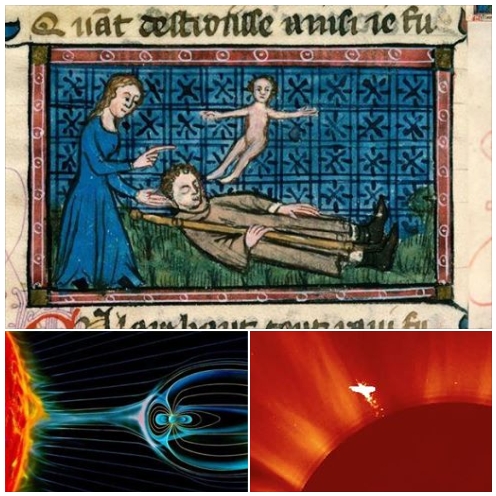 EHT: I have to disagree with Raymond Moody on a few points.
EHT: I have to disagree with Raymond Moody on a few points.
In a NDE there is Space (the space of a tunnel) and there is time (experience tells us how long certain interactions take in real time, from experience.)
In my own NDE the apparent time that had passed was about twenty minutes, from experience.
It's not that I talk to a higher being all the time, but the simple concept of a conversation holds true for any being. But only 2 minutes had passed in reality.
The space of the tunnel is analogous in a Flux Transfer Event.
See earlier reporting in the essay "Body & Soul".